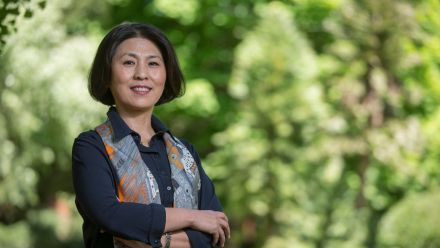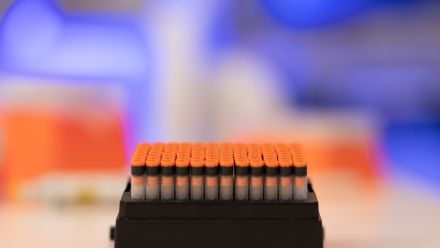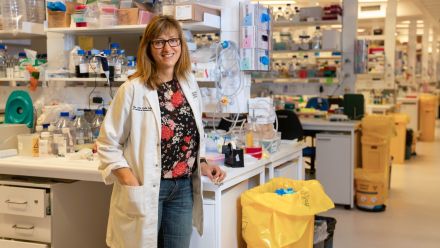Redressing ‘cult of forgetfulness’ in Australian history
There are only passing references to Aboriginal guides in history, so Turandurey’s was an important biography to publish as it brings balance to the Dictionary's representation of women as well as Indigenous people
An Aboriginal woman carrying her daughter was instrumental to an 1836 colonial expedition exploring the Darling and Murray rivers.
While many would know the name of Sir Thomas Mitchell, Surveyor General who led the expedition from Sydney, few would have heard of Turandurey, a young Aboriginal mother who took on the task of guiding Mitchell's all-male party to fresh water and food sources when older aboriginal men refused.
The story of Turandurey and her daughter Ballandella are among 25 new biographies of notable Indigenous figures in Australian history researched, documented and published by the Australian Dictionary of Biography (ADB) at ANU.
Turandurey's talent for expressive communication and translation was noted by Mitchell, who watched her communicate with other Indigenous groups as well take on the role of intermediary and translator between two individuals forbidden by custom to interact directly.
says: "Mitchell considered his 'party fortunate in having met with such an interpreter'."
Indigenous historian, Dr Shino Konishi Konishi from the University of Western Australia ,is leading the project to create 200 new Indigenous biographies for the ADB.
She says the work redresses the 'great Australian silence' in the writing of Australian history - a phrase coined by esteemed Australian anthropologist Bill Stanner, an appointee to ANU in 1949.
"Stanner identified this absence of the Indigenous contribution to Australia's history. This was reflected in the ADB's first volumes which contained just eight Indigenous biographies in its 1966 and '67 volumes," Dr Konishi said.
"We're aiming to re-populate today's ADB with Indigenous biographies so they number 400 for a stand-alone Indigenous volume of the ADB.
"There are very few written accounts of Aboriginal women acting as guides during the colonial era, but we know it did happen.
"Usually, there are only passing references to the Aboriginal guides, so Turandurey's biography was an important one to publish as it brings some balance to the ADB's representation of women as well as Indigenous people," she said.
Other new biographies include Aboriginal women who were revered in local communities as matriarchs and knowledge holders, but were marginalised in the ADB like Boandik woman , who defended her and others' rights and Palawa woman , also known as Mrs Briggs and afforded a status not usually given to Aboriginal women who bore children to colonial men.
The impact of frontier violence is also illustrated through the life stories of police officer, Gamilaraay man , as well as Yugara father and son, and who led resistance in the Queensland's Lockyer Valley.
Twentieth-century individuals include Ngarrindjeri community leader and soldier who enlisted in the Australian Imperial Force and spent two years in a German prisoner of war camp, and rugby league player and resident at the Gully in the Blue Mountains, .
The research is funded by a grant by the John T Reid Foundation.


